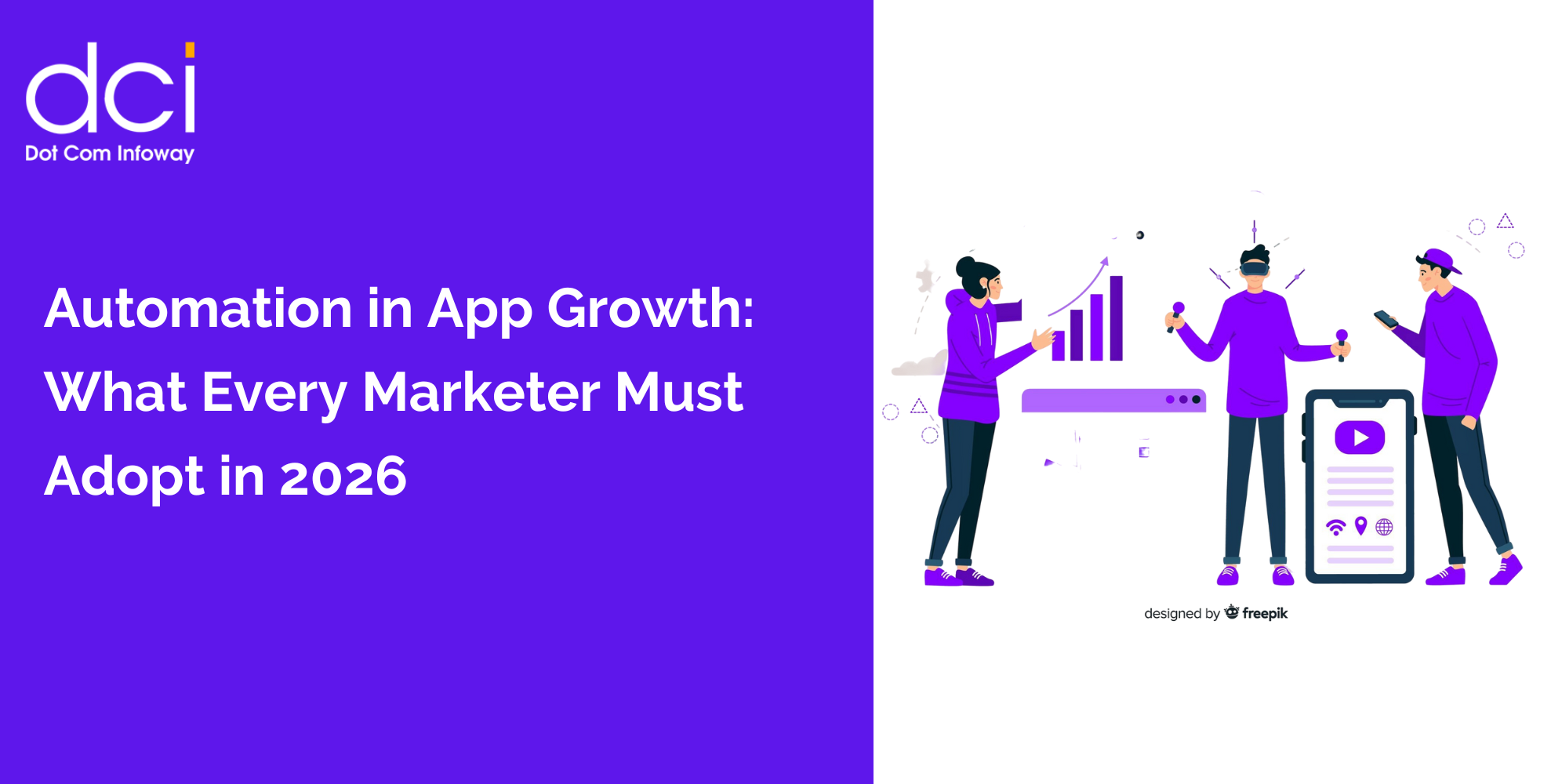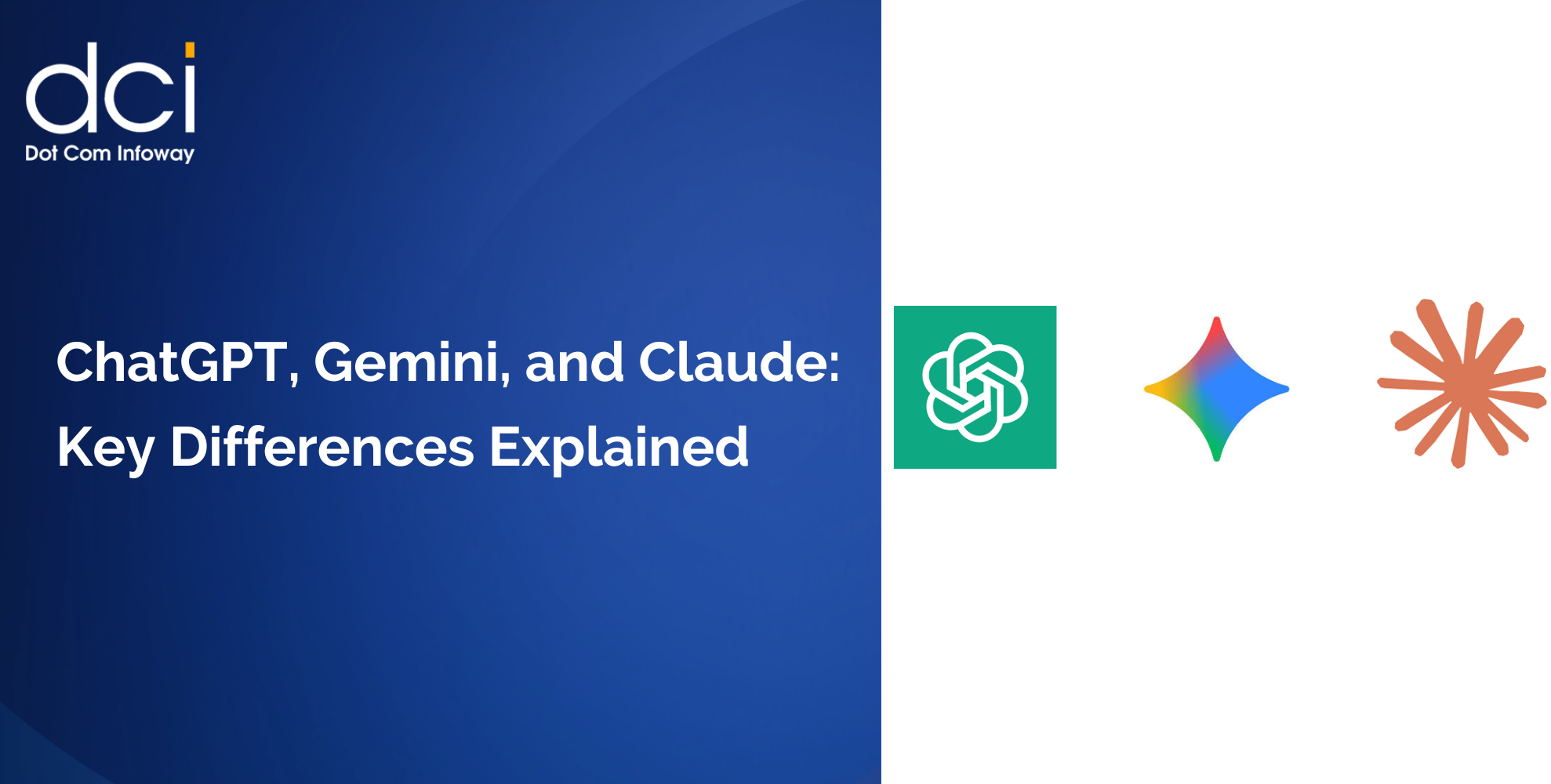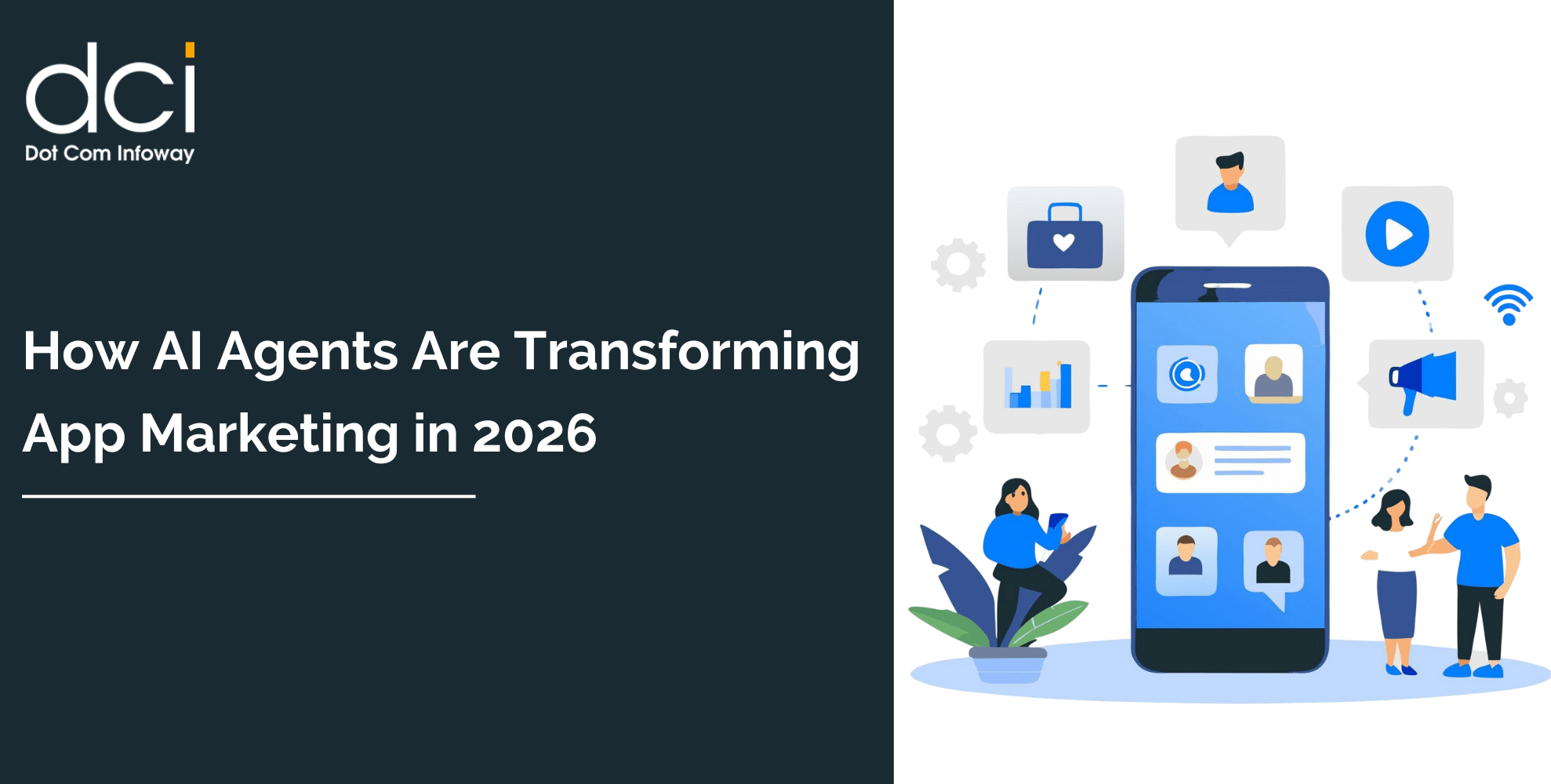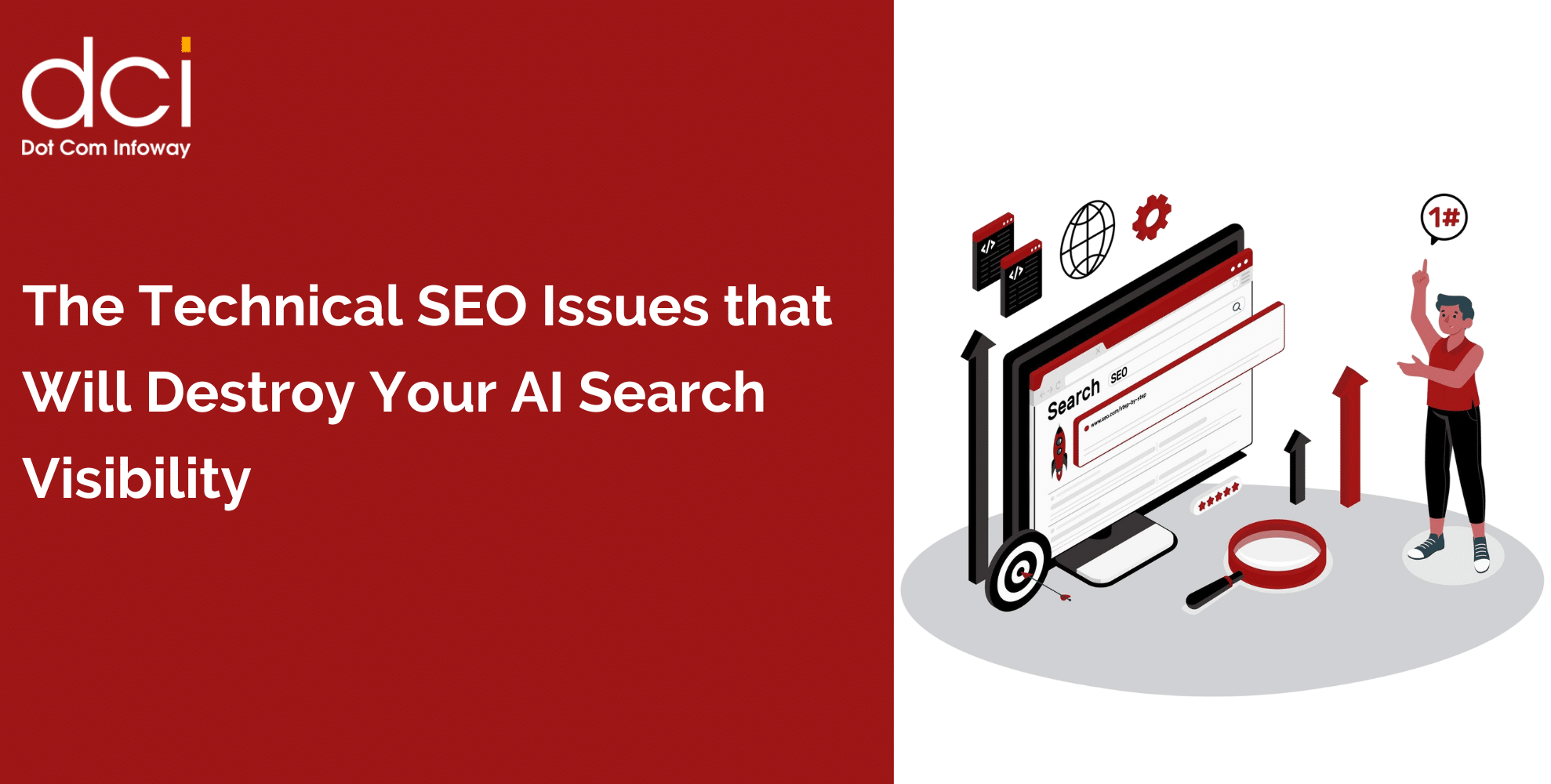The Hidden Crisis in Modern Marketing Strategy
The Attribution Nightmare
The modern marketing strategy faces an unprecedented challenge: the collapse of reliable attribution. With iOS 14.5 updates, cookie deprecation, and privacy regulations, the traditional methods of tracking customer journeys have become increasingly unreliable.”Attribution is still fuzzy in digital advertising. How is performance marketing different?” – Reddit user discussing the complexity of modern measurement This attribution crisis has created what marketing expert Astrixtc describes as a fundamental misunderstanding: “I explain it that performance marketing is the gears and brand marketing is the grease. Gears with no grease means it requires a huge amount of effort to get things moving.”
The 95/5 Rule Reality
Here’s a statistic that should reshape how you think about your marketing efforts: 95% of your potential customers aren’t ready to buy right now. They’re in what marketers call the “dark funnel” – aware they have a problem but not actively seeking solutions.
Most digital marketing strategies obsess over the 5% who are ready to convert, completely ignoring the vast majority who will become customers later. This myopic focus creates a vicious cycle:
- Higher customer acquisition costs
- Dependence on paid advertising
- No sustainable competitive advantage
- Constant pressure for immediate ROI
Why Traditional Marketing Performance Falls Short
The Vanity Metrics Trap
Traditional marketing campaigns often celebrate meaningless numbers. A campaign that generates 100,000 impressions and 1,000 likes might seem successful, but if it only produces 5 actual customers, it’s a failure masquerading as success.
Consider Juicero’s marketing disaster. Despite massive brand awareness campaigns and significant media coverage, the company failed because their marketing campaign failure stemmed from a fundamental disconnect: they prioritized buzz over actual customer value. The $400 juicing machine became a cautionary tale of how impressive marketing metrics can mask underlying business problems.
The Brand vs. Performance False Dichotomy
Many companies have swung too far toward pure performance marketing, abandoning brand building entirely. This approach creates what one marketing VP calls “a puddle of grease” – lots of activity but no sustainable momentum.
Data from successful companies reveals the optimal approach:
- 60% brand marketing budget for long-term market positioning
- 40% performance marketing budget for immediate conversions
- Integrated measurement systems that capture both direct and indirect impact
The Performance Marketing Revolution: A Data-Driven Approach
What Performance Marketing Really Means
Performance marketing isn’t just about immediate conversions – it’s about creating measurable, scalable systems that drive predictable business growth. Unlike traditional advertising where you pay for exposure, performance marketing ties every dollar spent directly to business outcomes.
The most successful performance marketing companies like Amazon, Google, and Facebook have built their entire business models around this principle. Amazon’s advertising revenue grew 21% year-over-year to $12.8 billion in Q3 2024, precisely because they’ve mastered the art of measurable marketing.
The Data-Driven Difference
Real performance marketing operates on three fundamental principles:
- Hypothesis-driven testing – Every campaign starts with a measurable hypothesis
- Rapid iteration cycles – Failed tests inform the next round of improvements
- Customer lifetime value optimization – Focus on long-term value, not just initial conversion
As one Reddit marketer explains: “Performance marketing isn’t magic. It’s math. If that offends you, you’re the problem.”
Common Marketing Campaign Failure Points (And How to Avoid Them)
Failure Point #1: Targeting Everyone (And Therefore No One)
The most common marketing campaign failure starts with audience definition. Companies that try to appeal to everyone end up resonating with no one.
Solution: Create detailed customer personas based on actual behavior data, not assumptions. Use tools like Google Analytics 4 to identify your highest-value customer segments, then build campaigns specifically for them.
Failure Point #2: Channel Proliferation Without Strategy
Many businesses spread themselves thin across multiple channels without understanding where their customers actually spend time. This leads to diluted messages and wasted budget.
Solution: Start with one or two channels where your customers are most active and engaged. Master those before expanding.
Failure Point #3: Measuring Activity Instead of Impact
Traditional metrics like reach, impressions, and engagement rates don’t correlate with business growth. Companies that focus on these “vanity metrics” often miss the real drivers of success.
Solution: Focus on business metrics that matter:
- Customer acquisition cost (CAC)
- Customer lifetime value (LTV)
- Return on ad spend (ROAS)
- Marketing qualified leads (MQLs) to sales qualified leads (SQLs) conversion rate



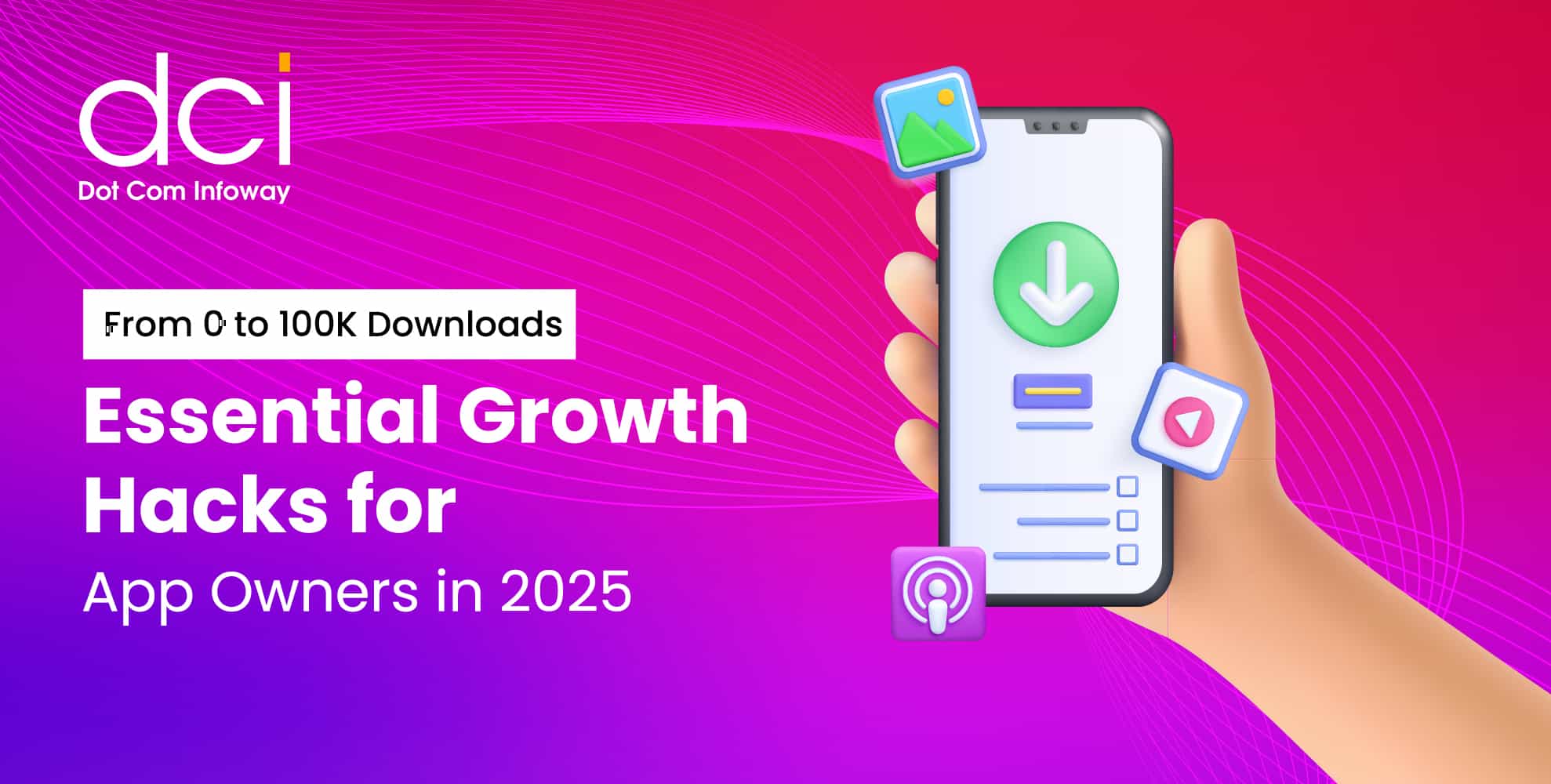

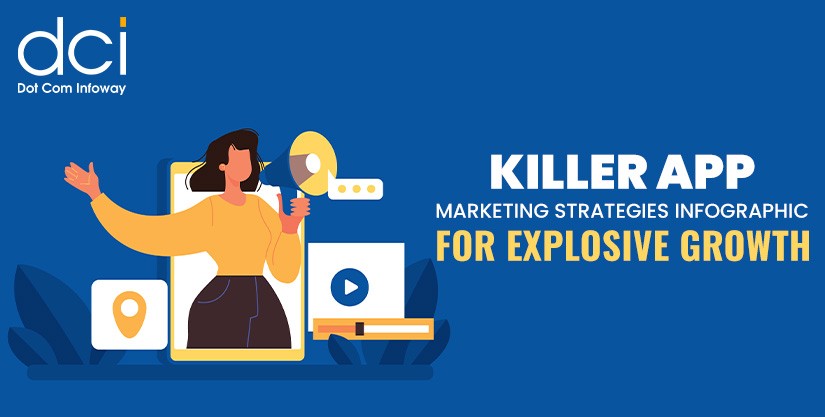

![The Game Marketing Guide: Pre and Post-Launch Strategies [Infographic]](https://www.dotcominfoway.com/wp-content/uploads/2023/09/DCI-Game-Marketing-blog-1.jpg)

